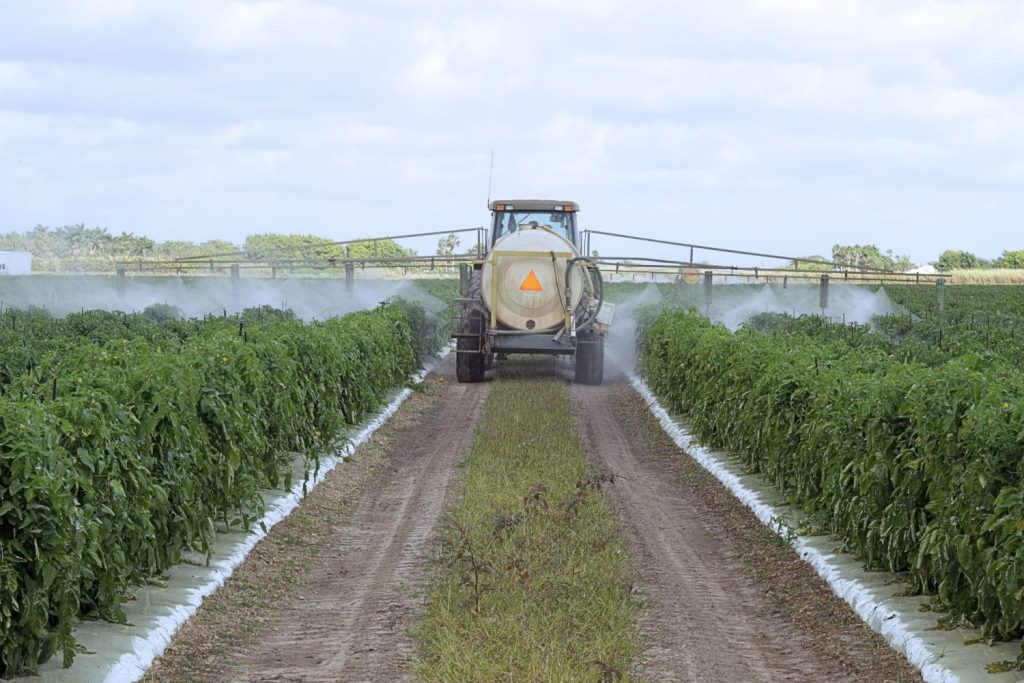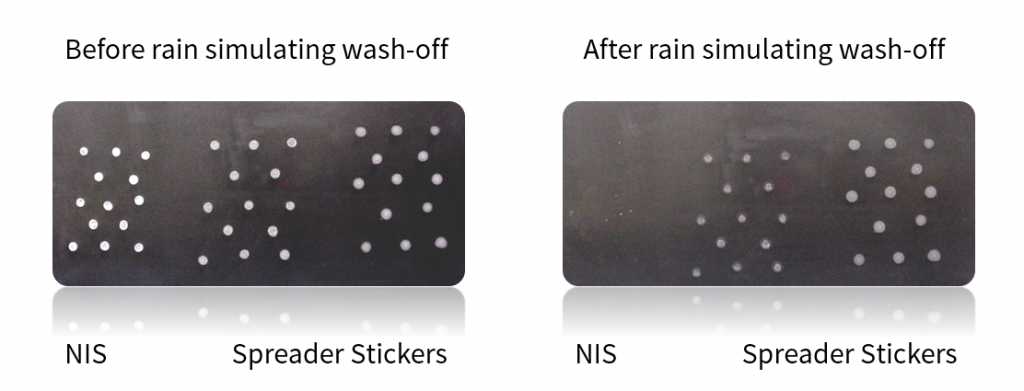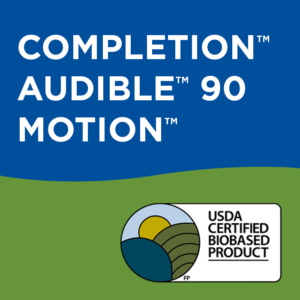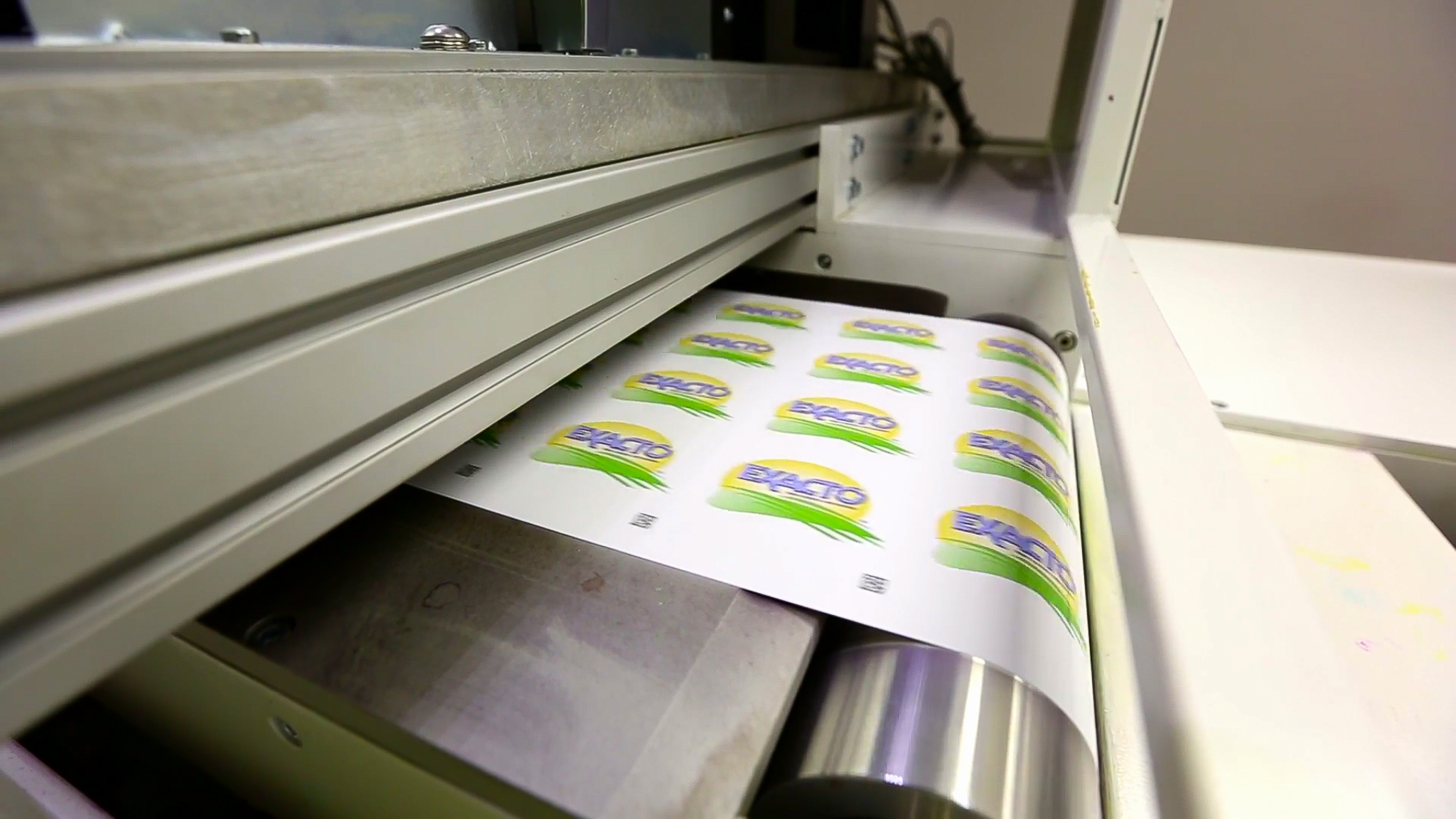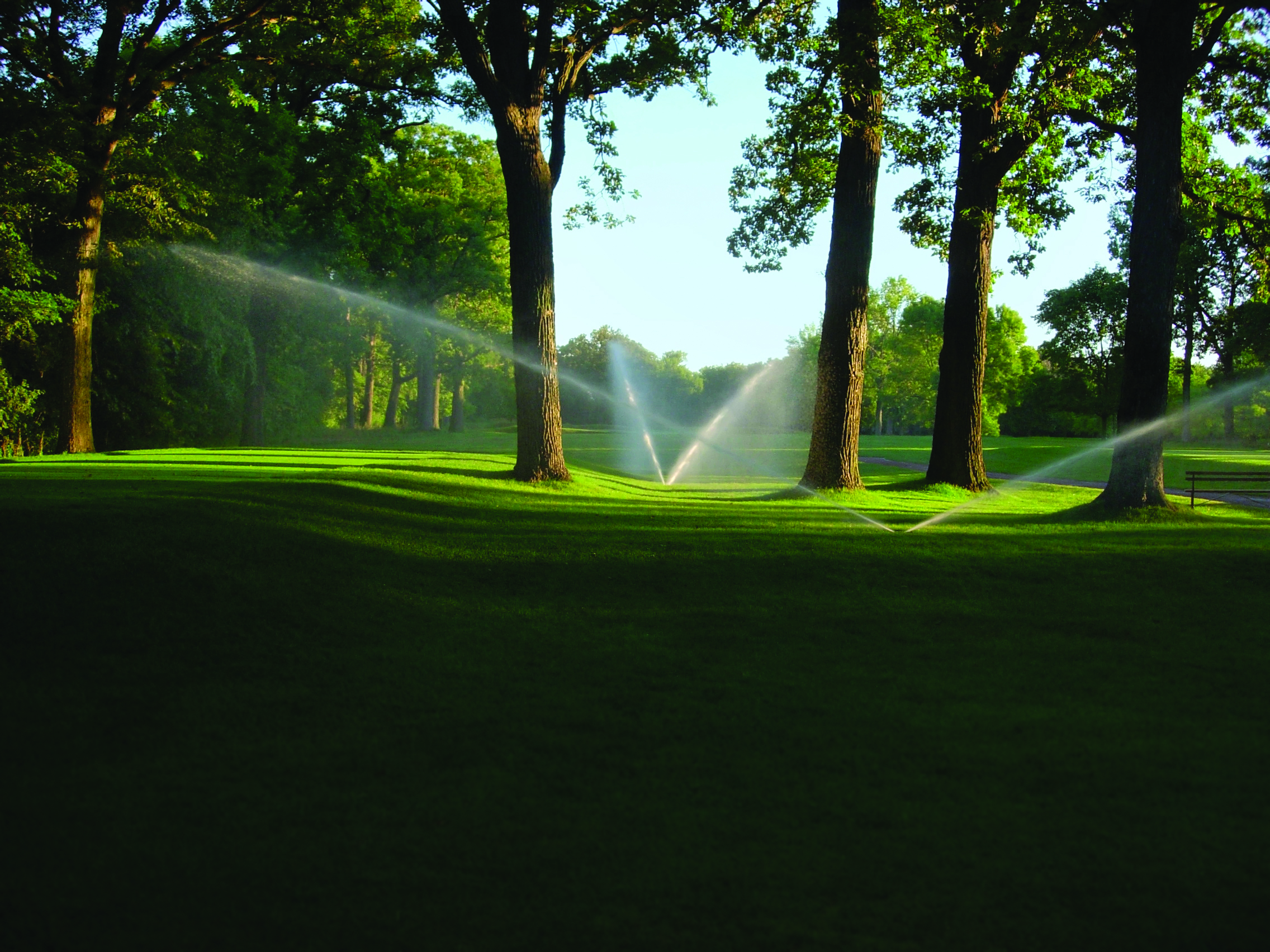
Exacto Announces David Hollinrake as Chief Executive Officer
Exacto is excited to announce the hire of David Hollinrake as CEO. David brings over three decades of experience in the agricultural industry, including leadership roles at Syngenta, Bayer, Monsanto, and Adayana. David’s leadership at Exacto will continue our commitment to helping growers improve resource efficiency.

